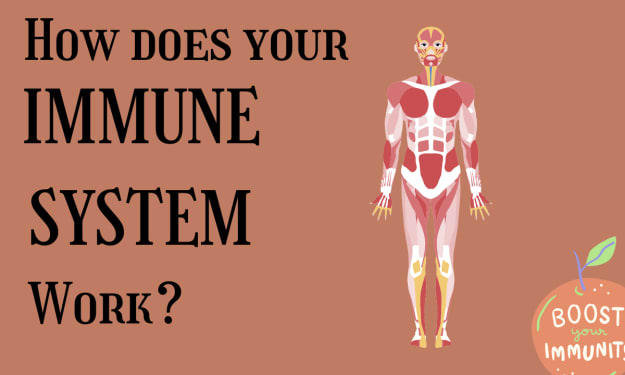The Struggle and Resilience: Examining the Life of the Poor
We need to care for the poor

Introduction
The life of the poor is characterized by a multitude of challenges and hardships resulting from economic inequality and social marginalization. Poverty affects individuals and communities across the globe, depriving them of basic necessities and limiting their opportunities for upward mobility. This essay delves into the realities of poverty, exploring its causes, impact, and the resilience displayed by those living in poverty.
I. Understanding Poverty (400 words)
Definition of Poverty:
Poverty is a multifaceted concept encompassing a lack of material resources, limited access to education and healthcare, and insufficient social support systems.
Causes of Poverty:
Structural Factors: Economic inequality, limited job opportunities, and systemic barriers perpetuate poverty.
Individual Factors: Lack of education, skills, and social capital can contribute to persistent poverty.
II. Economic Challenges and Vulnerabilities (500 words)
Limited Income and Financial Insecurity:
Low wages, unemployment, and precarious employment contribute to the inability to meet basic needs and establish financial stability.
Inadequate Housing and Living Conditions:
Poor housing quality, overcrowding, and lack of access to clean water and sanitation facilities pose significant health and safety risks.
Food Insecurity and Malnutrition:
Insufficient access to nutritious food leads to food insecurity, malnutrition, and related health issues.
III. Social and Health Disparities (500 words)
Limited Access to Education:
Poverty often restricts access to quality education, perpetuating intergenerational cycles of poverty.
Healthcare Disparities:
Inadequate healthcare access and affordability lead to increased health risks, reduced life expectancy, and limited preventive care.
Social Exclusion and Discrimination:
Poverty can exacerbate social exclusion, marginalization, and discrimination based on factors such as race, gender, and ethnicity.
IV. Psychological Impact and Resilience (500 words)
Psychological Toll of Poverty:
Poverty creates stress, anxiety, and a sense of hopelessness, impacting mental well-being and self-esteem.
Resilience and Coping Mechanisms:
Despite adversity, individuals living in poverty often demonstrate remarkable resilience, drawing on personal strengths, community support, and resourcefulness.
Community Support and Solidarity:
Networks within impoverished communities foster mutual support, collective action, and resource sharing to mitigate the effects of poverty.
V. Policies and Interventions (400 words)
Poverty Alleviation Programs:
Government initiatives and social welfare programs aim to provide financial assistance, healthcare access, and educational opportunities for those in need.
Education and Skill Development:
Equitable access to quality education, vocational training, and skill-building programs can empower individuals to break the cycle of poverty.
Economic Empowerment:
Promoting entrepreneurship, microfinance, and job creation initiatives can help individuals living in poverty generate income and build sustainable livelihoods.
Social Safety Nets:
Strengthening social safety nets through social assistance programs, affordable housing, and universal healthcare can provide a safety net for those in need.
Economy
When people are stricken by poverty, as shown above, they usually lack education. This leads to unemployment which hurts the economy. In terms of the product possibilities curve for productivity, unemployment drags curve down, hurting all members of the economy.
Crime
As impoverished people are usually homeless and, as shown above, unemployed, there is much social unrest as to when they need the objects needed to survive. This leads to an increased amount of crime in a society, which in turn, by broken window theory, creates more crime. Thus poverty also plays a role in destroying not only the economy, but also society.
Conclusion
The life of the poor is characterized by profound challenges and systemic barriers that limit their opportunities and perpetuate cycles of poverty. Economic hardships, social disparities, and inadequate access to education and healthcare pose significant obstacles to upward mobility. However, amidst these struggles, individuals living in poverty display remarkable resilience, utilizing personal strengths, community support, and resourcefulness to navigate their circumstances. By addressing the root causes of poverty, implementing targeted policies, and fostering inclusive societies, we can work towards a future where poverty is reduced, opportunities are expanded, and every individual has the chance to thrive.





Comments (1)
Nice